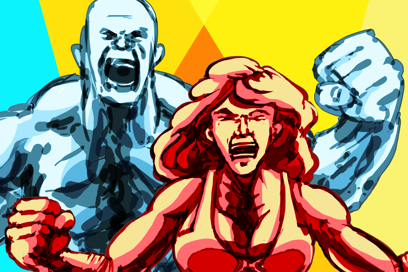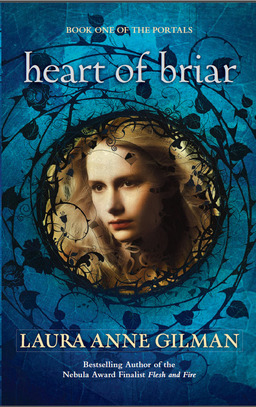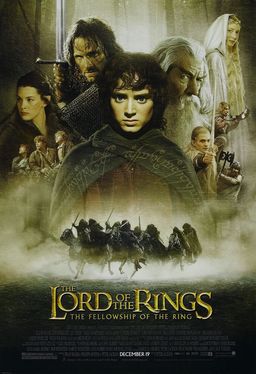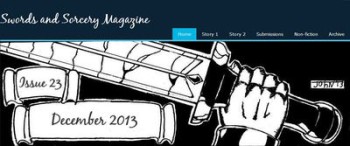Game & Comic Wrestlemania: Slammed and Rival Angels

There’s an odd intersection of SFF and professional wrestling fandoms. It surprised me when I first encountered it, but since then, I’ve become a devoted reader of Rival Angels, a woman’s pro wrestling comic by Alan Evans, and one of my favorite Choice of Games titles is Slammed by Paolo Chikiamco. Since neither is technically fantasy (although there’s definitely an element of the fantastic to pro wrestling), I’m stretching the inclusion criteria a bit for my spotlights by covering both of them together. If you’re not into the WWE, read on to see if you can be convinced that the best wrestlemania might not be on Pay Per View…
In Slammed, you play an up-and-coming professional wrestler, trying to make your name in the world and striving to compete for one of wrestling’s biggest titles. From the beginning, Chikiamco has the characters — and the PC — acknowledge that wrestling is scripted, and that a lot of the challenges revolve around how you choose to portray yourself to the fans. Are you going to be a face — a “kayfabe” — who’s a hero, or are you a trash-talking villain on stage (but a consummate professional in the locker room)? But while your career provides the context for the story, the real plot is about your relationship with a wrestler from your past — a college friend who once held you responsible for a tragedy that impacted her wrestling career. (Note: she was female in my game; she may be male in other playthroughs.) Now at the top of her game and a rising star in her own right, will she reach out to you as an ally? Or will you be enemies? And how much of the truth will you reveal to your fans?








